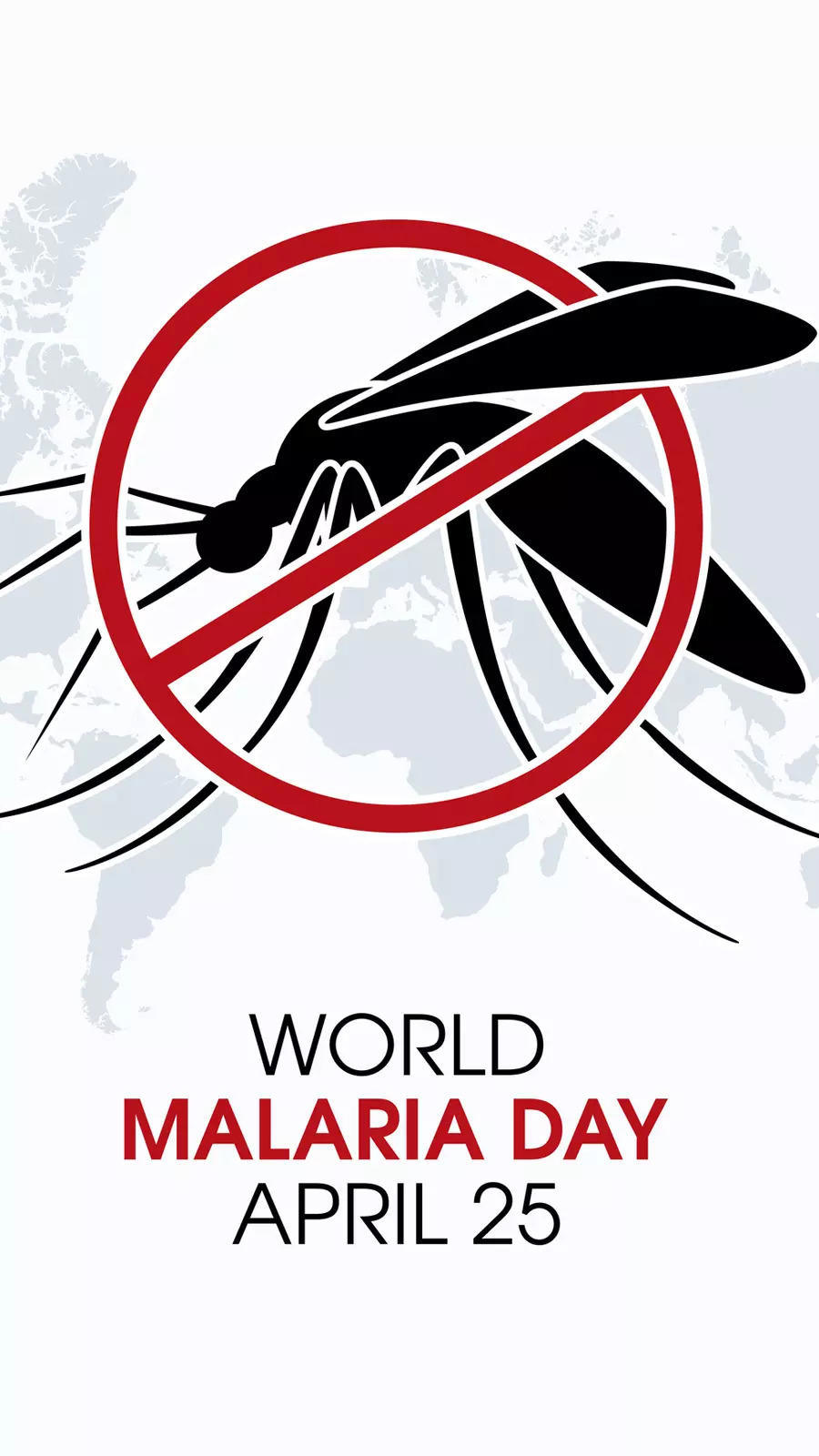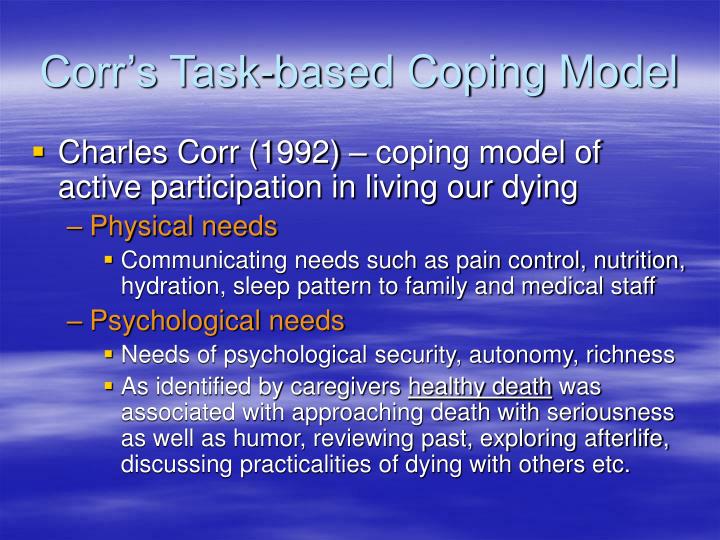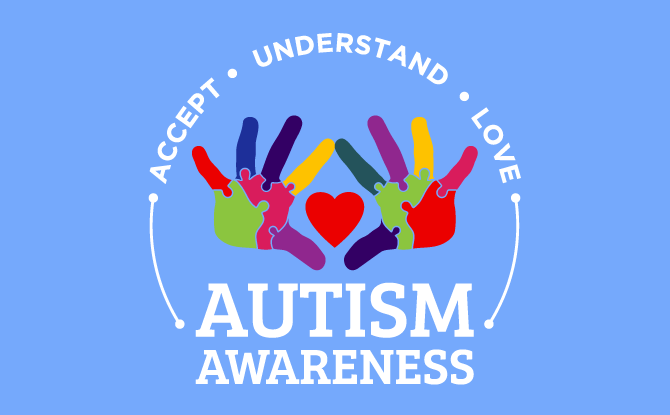


The Japan Meteorological Agency issued a tsunami advisory for Miyazaki and Kochi prefectures after a 6.6 magnitude earthquake shook the southwestern island of Kyushu. The initial magnitude estimate of 6.9 was later revised to 6.6, and the public warnings were lifted after there were no immediate reports of damage. One man was slightly injured and trains were temporarily stopped, but no issues were detected at nuclear plants. With aftershocks possible in the next few days, officials are urging residents to watch for potential landslides and falling objects.
Japan's Recent Earthquake and Tsunami Advisory: A Deeper Look
Background
Japan is located in a seismically active region known as the Pacific Ring of Fire. The country experiences frequent earthquakes of varying magnitudes. On February 26, 2023, a 6.6-magnitude earthquake struck the southwestern island of Kyushu, triggering a tsunami advisory.
Recent Event
The Japan Meteorological Agency (JMA) initially estimated the magnitude of the earthquake at 6.9 but later revised it to 6.6. The epicenter was located near the coastal town of Nichinan, Miyazaki Prefecture. The earthquake caused significant shaking in the region, with a maximum intensity of 6 upper on the Japanese seismic scale.
Tsunami Advisory and Impact
Following the earthquake, the JMA issued a tsunami advisory for Miyazaki and Kochi prefectures. However, no significant tsunami waves were observed, and the advisory was lifted after about 30 minutes.
Casualties and Damage
There were no reports of major damage or injuries. One person sustained minor injuries, and train services were temporarily suspended. No problems were detected at nuclear power plants.
Aftershocks and Precautions
Aftershocks are a common occurrence following an earthquake. The JMA has warned residents in the affected region to be aware of potential aftershocks and to take precautions against landslides and falling objects.
Top 5 FAQs
1. What is the Pacific Ring of Fire?
The Pacific Ring of Fire is a horseshoe-shaped region around the Pacific Ocean that is characterized by frequent earthquakes and volcanic eruptions.
2. Why is Japan so prone to earthquakes?
Japan is located at the junction of four tectonic plates, which causes significant stress and strain in the Earth's crust, leading to earthquakes.
3. What are the different types of tsunami warnings issued by the JMA?
The JMA issues three types of tsunami warnings: tsunami advisory (small waves), tsunami warning (large waves), and tsunami emergency (very large waves).
4. What should I do if a tsunami warning is issued?
If a tsunami warning is issued, evacuate inland to higher ground immediately. Do not wait for further instructions.
5. What are the potential long-term effects of frequent earthquakes in Japan?
Frequent earthquakes can cause damage to infrastructure, disrupt transportation and communication systems, and have psychological impacts on the population.

With World Malaria Day approaching, it is important to understand the severity of this disease and the steps one can take for a speedy recovery. This year's theme, "Malaria Ends With Us: Reinvest, Reimagine, Reignite," aims to re-energize efforts towards eliminating malaria. From getting enough rest to staying hydrated and following proper nutrition, these tips can help in the treatment of malaria. Adhering to prescribed medication and seeking follow-ups with healthcare providers are also crucial for a full recovery.

A diverse group of individuals, including a genius with the world's highest IQ, a psychic with a museum in Tel Aviv, a skeptic Italian physicist, a researcher of the transition between life and death, and a biologist and writer, share their unique perspectives on the enduring mystery of what happens after we die. While some believe in an afterlife and the possibility of reuniting with loved ones in a different dimension, others dismiss such notions as fear-driven or scientifically implausible. Despite the conflicting viewpoints, the curiosity and debate surrounding this timeless topic continue.

As the world celebrates Earth Day, environmentalists are emphasising the need to shift towards renewable energy, particularly solar energy, to combat the ongoing climate crisis. With the theme 'Our Power, Our Planet', the focus is on raising awareness about the adoption of natural resources. Renewable energy is crucial for safeguarding natural resources and local communities, and experts are calling for the rapid transition to clean, sustainable sources like solar and biomass. The state of Telangana has abundant sunlight making solar energy a viable option, and it is essential for the government to introduce innovative initiatives to promote its adoption across all sectors. By embracing renewable energy, we can contribute to a greener tomorrow for our planet.

Professor Ning Zeng of the University of Maryland came up with the idea of burying dead trees instead of burning them to prevent carbon emissions into the atmosphere. Inspired by the durability of ancient wood found in archaeology, Zeng enlisted the help of a farmer in Maryland to bury 100 tons of unused and damaged trees on his property. However, Zeng faces a roadblock from government permits as burying wood is classified as a landfill and requires time-consuming approvals.

Researchers from the University of Helsinki and the Finnish Geospatial Institute have set up a long-term experiment using laser scanning technology to track the growth and phenology of individual trees. The study, the first of its kind, found that species richness, competitive pressure for light, and water availability all play a role in the timing of spring leaf burst and fall leaf senescence. This experiment provides a better understanding of how local factors impact tree growth and phenology, and the results have been published as open data for further research.

At the Beijing International Youth Innovation and Development Forum, experts emphasized the crucial role of young talent in shaping the future of innovation, particularly in rapidly evolving global scientific frontiers. They stressed on the need to trust, guide, and support young innovators in order to strengthen their skills, with Beijing itself fostering an inclusive talent ecosystem. The importance of cross-disciplinary collaboration in addressing global challenges such as climate change and energy security was also highlighted, with emerging technologies like quantum computing and renewable energy being crucial catalysts for progress in this regard.

World Liver Day, observed on April 19, was established in 2010 to raise global awareness about liver health and diseases. With the liver being the second largest organ and playing a crucial role in various bodily functions, the day brings attention to preventive measures and early screening. Additionally, it advocates for eliminating stigma and improving access to treatment for those affected by liver conditions.

On World Health Day, Dr. Swaramya Chandrasekaran, a gynaecologist at Rela Hospital Chennai, reflects on the progress and challenges in maternal and newborn health in India. She highlights the country's commendable decline in neonatal deaths and the success of flagship schemes such as Janani Suraksha Yojana and Janani Shishu Suraksha Karyakram. However, she also acknowledges the need for consistent quality of care, especially in rural areas, and calls for strengthening community awareness, upgrading infrastructure, and supporting maternal mental health. The adoption of global frameworks and the commitment to no mother or child being left behind further emphasize India's efforts towards a resilient future.

Recent events have sparked conversations among leading geophysicists about the risk of earthquakes in Vietnam, despite the country not being situated on major tectonic belts. Although the likelihood of catastrophic earthquakes is low, Vietnam still faces the potential for significant seismic activity, particularly in the northwest region. With the presence of multiple geological fault lines, some capable of producing earthquakes with magnitudes up to seven, experts urge for seismic hazard assessments and preparedness measures to mitigate potential damage.

On April 2, the world recognizes World Autism Awareness Day, bringing attention to the challenges faced by individuals with autism. The term "autism" was first introduced in 1911 and has been further defined and understood since then. As a wide range of developmental disorders, each diagnosis is unique, making it important to understand and support those on the spectrum. This day aims to raise awareness and promote understanding and support for individuals and their families.